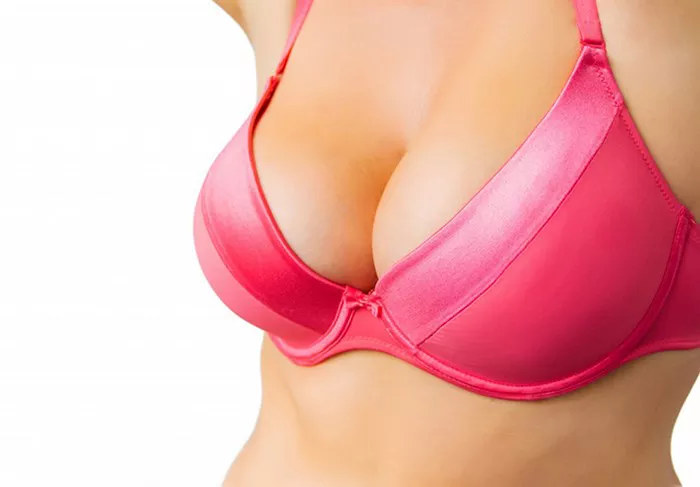When it comes to discussing body size and shape, particularly in the context of women’s anatomy, the topic of large breasts often emerges as a point of interest, fascination, and sometimes contention. The perception of what constitutes a “large breast” varies widely across cultures, individuals, and even within the medical community. In this comprehensive exploration, we delve into the complexities surrounding the definition, measurement, and societal attitudes toward large breasts.
Defining Large Breasts
In the realm of bra sizing and clothing measurements, the concept of large breasts is often associated with specific numerical parameters, typically involving cup size and band size. However, it’s essential to recognize that breast size is not solely determined by these numerical measurements. Factors such as breast volume, projection, and overall body proportions contribute to the perception of breast size. Consequently, what may be considered large breasts for one person may not necessarily align with conventional sizing standards for another.
The Influence of Cultural Perspectives
Cultural attitudes play a significant role in shaping perceptions of large breasts. In some societies, voluptuousness and ample bosoms are celebrated as symbols of femininity, fertility, and beauty. In contrast, other cultures may emphasize more modest ideals of womanhood, leading to different standards regarding breast size. Media portrayals, fashion trends, and historical norms also contribute to the cultural construction of idealized body types, including notions of large breasts.
Medical Considerations and Breast Health
From a medical perspective, large breasts can present unique challenges and considerations for women. Excessive breast weight may lead to physical discomfort, including back pain, shoulder strain, and posture issues. Furthermore, larger breasts can increase the risk of skin irritation, bra strap grooving, and difficulty finding properly fitting undergarments. In some cases, women with disproportionately large breasts may opt for breast reduction surgery to alleviate these symptoms and improve overall quality of life.
Psychological Impact and Body Image
Beyond the physical implications, the psychological impact of having large breasts should not be overlooked. Body image concerns, self-esteem issues, and societal pressures can significantly affect individuals with larger busts. Women may experience feelings of self-consciousness, objectification, or unwanted attention due to their breast size. Addressing these psychological aspects is crucial for promoting positive body image and mental well-being among women with large breasts.
Breast Size Diversity and Inclusivity
In recent years, there has been a growing recognition of the need for greater diversity and inclusivity in discussions surrounding body size and shape. This shift extends to the realm of large breasts, where efforts are being made to challenge narrow beauty standards and embrace a broader spectrum of body types. Body-positive movements, social media activism, and inclusive fashion initiatives are helping to normalize diverse representations of beauty, including women with large breasts.
The Role of Genetics and Hormones
Genetic factors play a significant role in determining breast size, as evidenced by familial patterns and inheritance traits. Hormonal fluctuations, particularly during puberty, pregnancy, and menopause, can also influence breast development and size. While genetics establish a baseline predisposition for breast size, hormonal changes throughout a woman’s life can lead to fluctuations in breast volume and shape.
Societal Pressures and Cosmetic Trends
In today’s image-conscious society, women are often bombarded with unrealistic beauty standards propagated by the media, advertising, and popular culture. The idealization of large, perfectly symmetrical breasts perpetuates an unrealistic and unattainable image for many women. Consequently, some individuals may feel pressured to pursue cosmetic procedures, such as breast augmentation, in pursuit of the perceived ideal.
Navigating Fashion and Clothing Challenges
Finding fashionable and well-fitting clothing can pose a unique challenge for women with large breasts. Off-the-rack garments are often designed with standard proportions in mind, which may not accommodate the curves and contours of a larger bust. As a result, women with large breasts may struggle to find tops, dresses, and swimwear that provide adequate coverage, support, and comfort. Specialized retailers and brands catering to fuller busts have emerged to address this gap in the market.
Empowerment and Self-Acceptance
Despite the challenges and pressures associated with having large breasts, many women find empowerment and strength in embracing their bodies as they are. Through self-acceptance, body positivity, and supportive communities, women with large breasts can redefine beauty on their own terms. By challenging societal norms and embracing diversity, we can create a culture that celebrates the beauty of all body shapes and sizes, including those with large breasts.
Conclusion
The question of what size constitutes “large breasts” is multifaceted and subjective, influenced by cultural, medical, and individual perspectives. Rather than adhering to narrow standards of beauty, we must embrace diversity and inclusivity in our perceptions of body size and shape. By fostering a culture of acceptance, empowerment, and self-love, we can celebrate the unique beauty of every woman, regardless of her breast size. Ultimately, the true measure of beauty lies not in conformity to arbitrary ideals but in the authenticity and confidence with which we inhabit our bodies.


